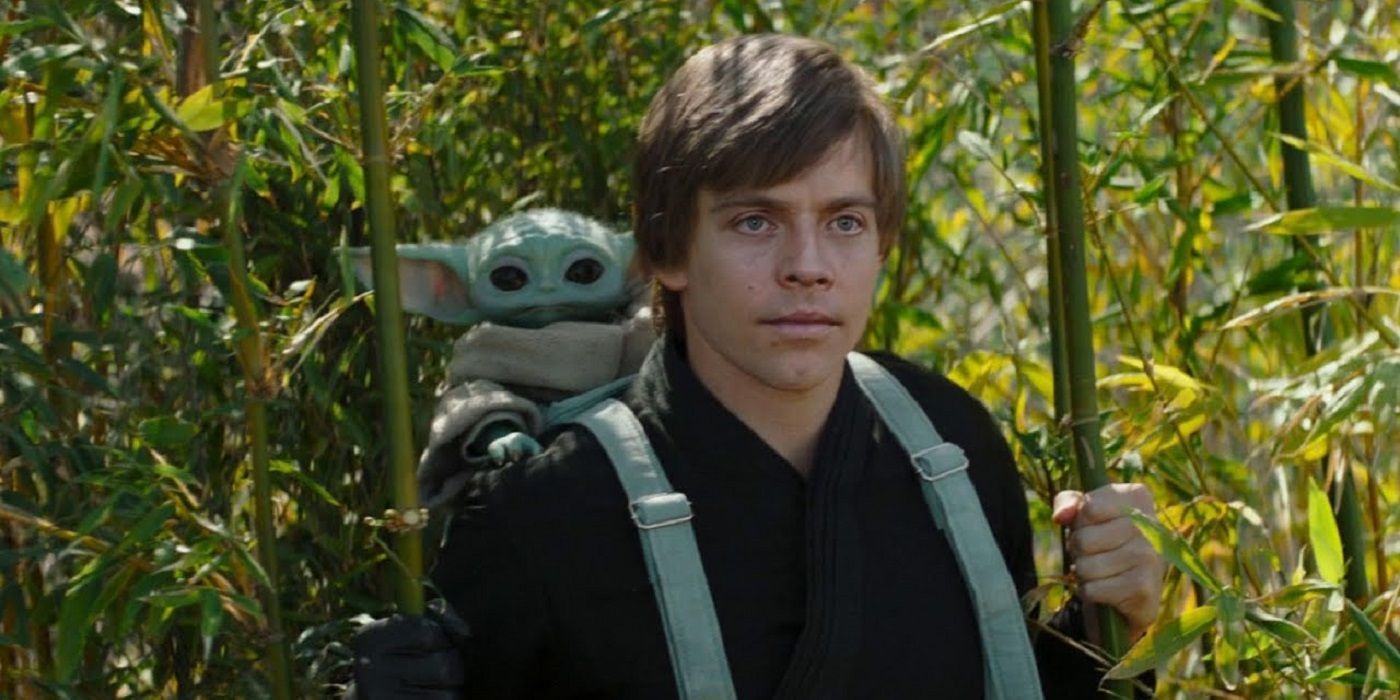Star Wars is at its best when presented as a continuous, connected, and coherent work. The success of Star Wars on the small screen has demonstrated this to no end. Kenobi, The Mandalorian, and The Book of Boba Fett bridged the gap between all three trilogies in a way that strengthened both the characters and the story. When done correctly, acknowledging the connective tissue that binds all three trilogies together is the future of Star Wars – a look inwards to move forwards.
Kenobi’s multiple flashbacks to the prequels provided insight into the inherent strengths and weaknesses of Obi-Wan and Vader in the series’ timeline. It also added a tremendous weight to their tragic relationship. Anakin had not heeded his Master’s lesson. His need for victory at any cost, for total domination – was his undoing repeatedly. In the flashback on Mustafar and their haunting duel in the series finale, Vader was consistently bested by Obi-Wan. His spiralling emotions led to costly mistakes and defeat. It also meant he was chained to the spectre of Anakin. This hubris meant he couldn’t shed his old identity.
Vader acknowledges this in A New Hope: “When I left you, I was but the learner. Now I am the Master.” He’s now a master of his emotions in a way that is becoming of a Sith Lord. He’s finally shed his entangled emotional connection to Kenobi and all that he represents, which gives him focus on ending his old master’s life. All of these links provide a sense of one grand, planned tale.
Obi-Wan’s strengths lie in the awareness of both his own and Anakin’s shortcomings. He knows Anakin is a more powerful fighter and force-wielder, yet Kenobi has mastered his emotions. It’s this awareness that allows him to best Anakin. However, he’s not astute enough to realise what this hubris may represent in his young apprentice – a predisposition to the dark side. It’s why the Kenobi we see at the start of the series is bereft of hope. He takes responsibility for Anakin’s fall, blaming himself for being too blind to see Anakin’s dark disposition. Obi-Wan is finally freed of this by his renewed faith in himself and The Force – a gift from the spritely and heroic Leia.
Obi-Wan recognises that Leia inherited her best qualities from her parents. Namely, her kind-hearted, wise, and discerning nature from her mother. It was touching to see Padmė́’s importance as a character finally acknowledged, emphasising how her ideals and ambitions live on through her daughter, who goes on to save the galaxy. Her actions in the prequel trilogy sowed the seeds for the rebellion, but h greatest legacy is the daughter she left behind, one that was born to lead.
Other instances of this inwardly moving world are found in the Star Wars television landscape. The Book of Boba Fett gave us our first glimpse into Luke's vision for his new order. In its highest-rated episode, we see the humble beginnings of Luke’s temple that Kylo Ren later destroys. To see its hopeful origins heightens the sense of loss in the sequel trilogy. We also bear witness to Luke’s teaching capabilities. He fulfilled Yoda’s directive to “pass on what you have learned.” His training of Grogu purposefully mirrors his own on the swamps of Dagobah. This isn’t a call-back for the sake of fan service. Instead, it signifies his development into a Jedi Master, one tasked with rebuilding in a new image. It also illuminates the tension Grogu feels in his relationship to Din and his connection to The Force.
It’s no coincidence that this episode was the highest rated of the sometimes stilted and meandering series. Yes, fan service is powerful. Chapter 6 of TBOBF had a carousel of beloved guest stars, such as Ashoka, Cad Bane, and Luke. That alone stokes an emotional connection to what’s happening.
These instances bound a connective tissue between all aspects of the franchise. Not only in terms of its characters, but thematically as well. It served the story, it moved beyond fan service or regression of old tropes.
It made the Star Wars universe a living entity, one where lessons are constantly learned in a myriad of times and places. A universe in which all of the characters and events in the course of the saga surround us and bind us. A coherent, connected, and meaningful timeline.
Source: Read Full Article
.jpg)
